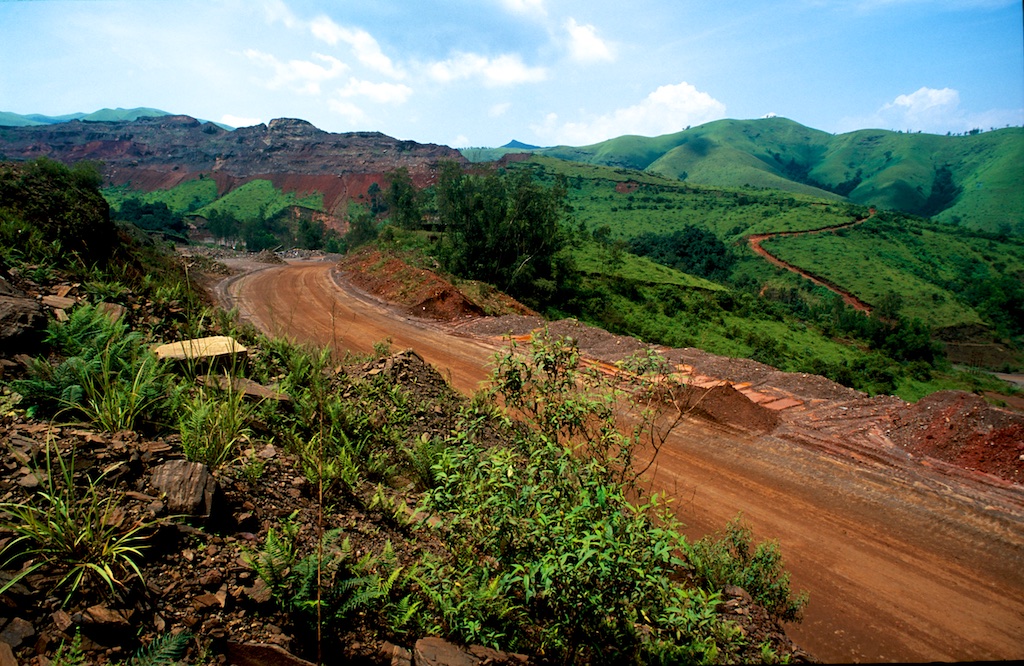 "
"
Iron ore was discovered in Kudremukh in 1913, when P. Sampath Iyengar, a geologist from Mysore, set out on a quest for the mineral. As he rode along the Bhadra River he noticed that fine particles of ore had adhered to his horse’s shoes. Following the trail, he finally reached the Aroli range of hills and discovered Kudremukh’s iron-ore deposits. However, full-scale mining operations only began decades later, when the Iranian government, under Mohammad Reza Pahlavi — the Shah of Iran — signed an agreement with the government of India for supply of iron ore. The Kudremukh Iron-Ore Company Limited (KIOCL) swung into action, and, in the years to follow, its mining activities ripped apart a pristine shola-grassland ecosystem, causing irreversible and irreparable harm.
Triple whammy: While a large area of highly sensitive rainforest and natural grassland was completely destroyed for ore extraction, over 150 million tonnes of tailings (the waste mud left over after separation of the ore-laden soil) were dumped into the nearby Lakya Valley. Sadly, the damage didn’t stop there. In its bid to appear ‘green’ the mining company planted over 3000 hectares of adjoining natural grasslands with exotic monoculture plantations, in the name of ‘compensatory afforestation’, thus destroying a third habitat.
When the company’s 25-year lease expired, it was taken for granted that it would receive an extension for a similar period and be allowed to open up new areas for mining. This is when Bangalore based NGO, Wildlife First, filed a PIL in the Supreme Court. Following a long and hard battle by Wildlife First and its associates, mining operations were finally shut down in 2005.
Read the full story.
Watch a short campaign video that helped turn the tide of public and political opinion .

 CI is a non-profit, non-commercial portal that aims to facilitate wildlife and nature conservation by providing reliable information and the tools needed to campaign effectively.
CI is a non-profit, non-commercial portal that aims to facilitate wildlife and nature conservation by providing reliable information and the tools needed to campaign effectively.
Chosen as 'Picture of the Week'
Despite being declared a National Park in 1987, mining continued to ravage Kudremukh in Karnataka, until a Supreme Court order put a stop to it. Although there has been no earth-moving activity at the mine site since 2005, it could take decades for these devastated hill slopes to regain some measure of native green cover.